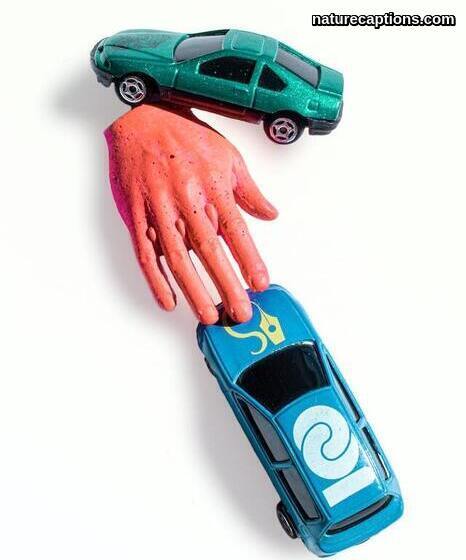Car insurance is a necessary expense for all drivers. However, choosing the right amount of coverage can be a daunting task. In this article, we will discuss how much car insurance you need and the types of coverage available.
How Much Car Insurance Do I Need?
The amount of car insurance you need will depend on several factors, including the state you live in, the value of your car, and your personal financial situation. Here are the minimum car insurance requirements in most states:

- Liability Insurance: This covers damage and injuries you may cause to other drivers, passengers, or property in an accident. Most states require a minimum of $25,000 in bodily injury liability per person, $50,000 in bodily injury liability per accident, and $10,000 in property damage liability per accident.
- Personal Injury Protection (PIP): This covers medical expenses for you and your passengers in case of an accident. PIP is required in some states, including Florida, Hawaii, Kansas, Kentucky, Massachusetts, Michigan, Minnesota, New Jersey, New York, North Dakota, Oregon, Pennsylvania, and Utah.
- Uninsured/Underinsured Motorist Coverage: This covers damages and injuries caused by drivers who do not have insurance or do not have enough insurance to cover the costs of the accident.
- Collision Coverage: This covers damages to your car in case of a collision with another vehicle or object.
- Comprehensive Coverage: This covers damages to your car caused by non-collision events, such as theft, fire, or natural disasters.
To determine how much car insurance you need, consider the value of your car, your assets, and your ability to pay out of pocket in case of an accident. If you have a high-value car, you may want to consider higher limits of liability, collision, and comprehensive coverage.
Types of Car Insurance Coverage
- Liability Insurance: This covers damages and injuries you may cause to other drivers, passengers, or property in an accident.
- Personal Injury Protection (PIP): This covers medical expenses for you and your passengers in case of an accident.
- Uninsured/Underinsured Motorist Coverage: This covers damages and injuries caused by drivers who do not have insurance or do not have enough insurance to cover the costs of the accident.
- Collision Coverage: This covers damages to your car in case of a collision with another vehicle or object.
- Comprehensive Coverage: This covers damages to your car caused by non-collision events, such as theft, fire, or natural disasters.
- Gap Insurance: This covers the difference between the actual cash value of your car and the amount you owe on a loan or lease.
- Roadside Assistance: This covers emergency services such as towing, battery jump-starts, and flat tire changes.

Frequently Asked Questions
Q: Is car insurance mandatory? A: Yes, car insurance is mandatory in most states.
Q: What happens if I drive without car insurance? A: Driving without car insurance can result in fines, license suspension, and legal penalties.
Q: Can I choose my own repair shop after an accident? A: Yes, you can choose your own repair shop, but your insurance company may have a preferred list of repair shops.
Q: Will my insurance premium increase after an accident? A: Yes, your insurance premium may increase after an accident, especially if you are at fault.
Q: How often should I review my car insurance coverage? A: It is recommended that you review your car insurance coverage annually to ensure you have adequate protection and are not paying too much for coverage.
Conclusion
In conclusion, car insurance is a necessary expense for all drivers, but choosing the right amount of coverage can be a challenging task. The amount of coverage you need will depend on several factors, including the state you live in, the value of your car, and your personal financial situation.
It is important to consider the minimum car insurance requirements in your state, as well as your own needs and assets when choosing the right coverage.
There are several types of car insurance coverage available, including liability insurance, personal injury protection, uninsured/underinsured motorist coverage, collision coverage, comprehensive coverage, gap insurance, and roadside assistance.
It is recommended that you review your car insurance coverage annually to ensure you have adequate protection and are not paying too much for coverage. Remember to always drive safely and responsibly to avoid accidents and protect yourself and others on the road.